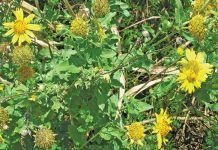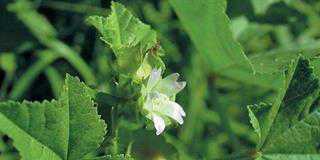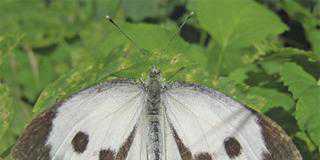Soil type
Onions will grow in almost any kind of soil, from sandy loams to heavy clay. If the soil is heavy, work in some compost or manure to help it retain moisture. Onions prefer a slightly acidic soil, and a pH of 5,5 to 6,5 is good.
READ 6 tactics to achieve successful sales at the market
Planting methods
Grow onions by direct seeding or from seedlings. Seedlings are more expensive if you buy them from a nursery, so rather grow them yourself. Nursery seedlings are more reliable and need less work since they don’t need to be thinned out. This reduces onion-fly risk.
Preparing the soil for planting
Work the soil deeply with a fork and apply a handful of recommended chemical fertiliser to every square metre of the soil surface. If using kraal manure or compost, apply about four handfuls to every square metre a few weeks before planting. Work the fertiliser, manure or compost into the soil with a fork. Rake flat and remove large clods and stones.
Planting seedlings
Make furrows about 20cm to 30cm apart and transplant the seedlings 10cm apart in the furrows. This way, they shouldn’t need thinning. Dig a small hole for each seedling and place its roots downwards in the hole. Cover the seedlings with soil so that the tip of the neck just shows above the soil surface.
READ Understanding water-use licences
Watering
Water the seedlings regularly:
- first week – twice a day
- second week – once a day
- third week and on – three times a week.
Weed regularly. Fight pests such as onion flies with registered chemical products or alternative organic remedies.
Harvesting
Start harvesting onions when the leaves are yellow. Harvest on a sunny day. Use a fork to lift the bulbs out of the ground. Don’t damage the skin, as damage allows organisms to attack the onion flesh. Clean the soil off the bulbs, and then leave the bulbs on top of the soil for a few days, until the tops dry out. Cut through the leaves with a knife, 2cm above the onion tops so that decay organisms can’t get to the onion bulb.
Source: Agricultural Research Council (ARC).
For more information, call 080 042 7000 or fax (012) 430 5814.













